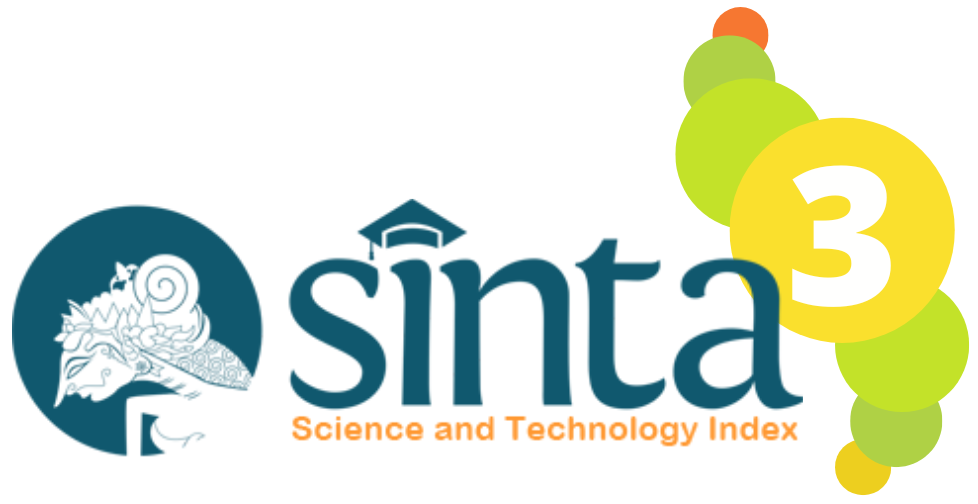ANALYSIS OF CRITICAL AND CREATIVE THINKING SKILLS IN PANCASILA EDUCATION LEARNING IN THE ELEMENTARY SCHOOL MOVER PROGRAM
DOI:
https://doi.org/10.32585/dikdasbantara.v8i2.7195Abstract
This study aims to describe the implementation of critical and creative thinking skills in Pancasila Education learning at Penggerak Elementary School with a focus on Phase B. This study uses a qualitative approach with a case study method, and data are presented descriptively through observation, interviews, and documentation. The results of the study indicate that the planning for the implementation of critical and creative thinking skills has been structured in the teaching module. During the implementation, teachers apply active learning strategies such as group discussions and presentations that successfully involve students actively and facilitate the development of critical and creative thinking skills. Evaluation of the implementation of critical and creative thinking skills is not only seen from learning outcomes, but teachers also assess the learning process and reflection of students. Pancasila Education learning does not only emphasize mastery of content, but also the formation of critical and creative thinking patterns. This study provides recommendations for teachers to continue developing student independence in thinking and documenting the learning process more systematically to support improving the quality of learning in the future.
Downloads
Downloads
Published
Issue
Section
License
Copyright (c) 2025 Kumala Berlianisa, Winarno, Fadhil Purnama Adi

This work is licensed under a Creative Commons Attribution-ShareAlike 4.0 International License.
The copyright to this article is transferred to Jurnal Dikdas Bantara if and when the article is accepted for publication under Creative Commons Attribution-ShareAlike 4.0 International License. The undersigned hereby transfers any and all rights in and to the paper including without limitation all copyrights to Jurnal Dikdas Bantara. The undersigned hereby represents and warrants that the paper is original and that he/she is the author of the paper, except for material that is clearly identified as to its original source, with permission notices from the copyright owners where required. The undersigned represents that he/she has the power and authority to make and execute this assignment.We declare that:
1. This paper has not been published in the same form elsewhere.
2. It will not be submitted anywhere else for publication prior to acceptance/rejection by this Journal.
3. A copyright permission is obtained for materials published elsewhere and which require this permission for reproduction.
Furthermore, I/We hereby transfer the unlimited rights of publication of the above-mentioned paper in whole to Jurnal Dikdas Bantara. The copyright transfer covers the right to reproduce and distribute the article, including reprints, translations, photographic reproductions, microform, electronic form (offline, online), or any other reproductions of similar nature. The corresponding author signs for and accepts responsibility for releasing this material on behalf of any and all co-authors. After submission of this agreement signed by the corresponding author, changes of authorship or in the order of the authors listed will not be accepted.
Retained Rights/Terms and Conditions
1. Authors retain all proprietary rights in any process, procedure, or article of manufacture described in the work.
2. Authors may reproduce or authorize others to reproduce the work or derivative works for the author’s personal use or for company use, provided that the source and the Jurnal Dikdas Bantara copyright notice are indicated, the copies are not used in any way that implies Jurnal Dikdas Bantara endorsement of a product or service of any employer, and the copies themselves are not offered for sale.
3. Although authors are permitted to re-use all or portions of the work in other works, this does not include granting third-party requests for reprinting, republishing, or other types of re-use.



















